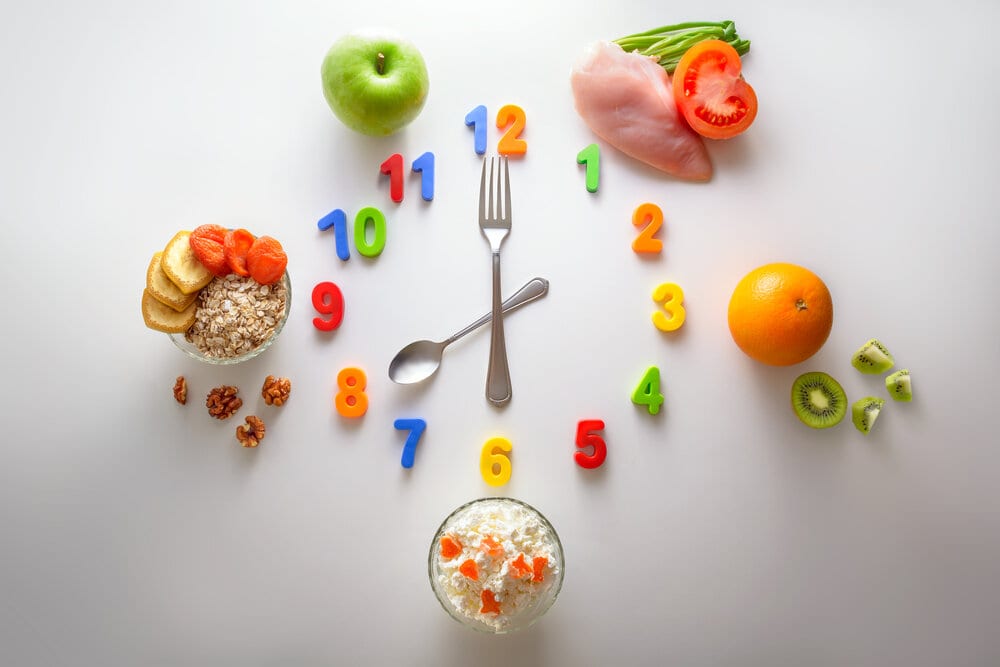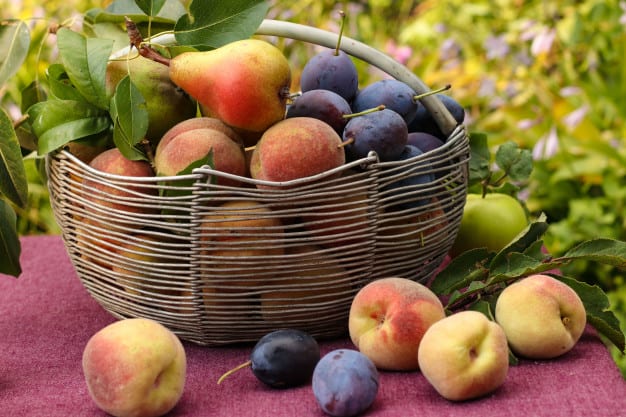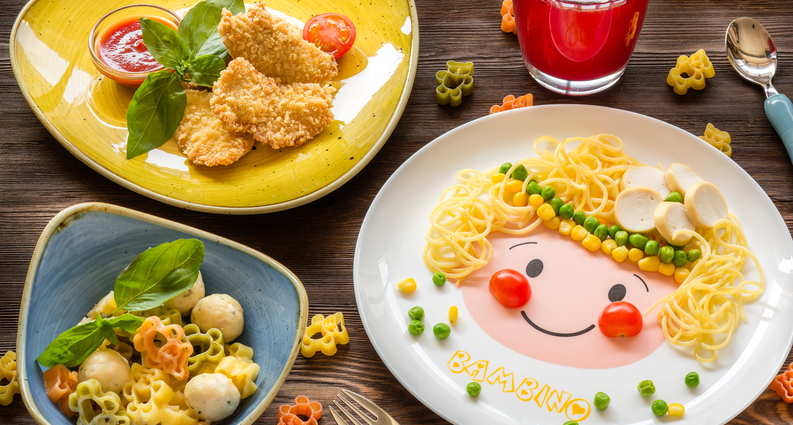Contents
Every parent wants his child to grow up healthy, smart, happy.
Since the very childhood, we must teach our children to choose from all the variety of products those that are really good for health. The nutrition of children is somewhat different from that of adults. If the child’s nutritional system is built correctly, then the child develops normally, both physically and mentally.
Make it a way of life for your family to introduce your child to healthy nutrition every day. It is not necessary to arrange from this constant lectures on the topic of what is useful and what is harmful. By actively communicating with your child, setting an example, you instill good eating habits.
At the table, you only need to talk about good things. The environment should help the child to relax, then both the appetite and the mood will be good. Children can help you with serving and decorating your meals. When serving vegetables and fruits on the table, ask the children what vitamins and minerals they contain, and why they are so useful. In order to organize proper nutrition for a child, you need to follow several important rules:
Rule 1 Meals should be varied.
This is an important condition for the child’s body to receive all the substances necessary for growth and development. Every day the child’s menu should include: fruits and vegetables; meat and fish; milk and dairy products; grain products (bread, cereals). Insufficiency or excess of food consumed by a child can adversely affect the activity of the gastrointestinal tract, contribute to metabolic disorders, increase in excess body weight (even to various degrees of obesity) or lead to exhaustion.
If the child refuses to eat a healthy dish, invite him to experiment and make the dish unusual.
So, with the help of dried fruits and nuts, you can lay out a funny face on porridge, with the help of ketchup and herbs, draw a pattern on eggs, put mashed potatoes on a plate in the form of a snowman, etc.
What can not be used in children’s nutrition:
- By-products, except for liver, tongue, heart; blood, liverwort, uncooked smoked sausages.
- Fried in fat (deep fried) foods and culinary products, chips.
- Curd snacks, condensed milk with vegetable fats.
- Kumis and fermented milk products with ethanol content (more than 0.5%).
- Confectionery with a cream containing vegetable protein.
- First and second courses based on food concentrates of quick hitting.
- Vinegar, mustard, horseradish, hot peppers, and other hot spices and foods containing them, including hot sauces, ketchup, mayonnaise, and mayonnaise sauces.
- Pickled vegetables and fruits.
- Natural coffee and carbonated drinks, apricot kernels, peanuts.
- Products, including confectionery, containing alcohol.
- Food products containing in their composition a large amount of food additives (information is indicated by the manufacturer on the consumer package).
- Dry concentrates for the preparation of first and second courses (soups, noodles, porridge).
Rule 2 The child’s food should be regular.

Compliance with the diet of children is of great importance for the absorption of nutrients by the body. Preschool children are recommended to eat 4-5 times a day, every 3 hours, at the same time, distributing the diet as follows: breakfast – 25%, lunch – 35%, afternoon snack – 15%, dinner – 25% … At school age, it is advisable to have four meals a day, every 4 hours with an even distribution of the daily ration: breakfast – 25%, second breakfast – 20%, lunch – 35%, dinner – 20%.
Try to avoid snacking and teach your child to eat only at the table. If this still does not work out, offer fruit, biscuits, juice for a snack – food that will help numb hunger, but will not ruin your appetite.
An important health-improving event for children-students is the proper organization of food at school in the form of hot school breakfasts and lunches in extended day groups, the diet of which should be 50-70% of the daily norm, which, unfortunately, parents pay little attention to. Eating sandwiches, pizza, chips, chocolate bars is harmful because this food is defective in its composition and also irritates the stomach, contributing to the development of gastritis.
Rule 3 The child’s nutrition should replenish his daily energy expenditure.

If your child is overweight, limit the amount of sweets and high-calorie desserts and empty the refrigerator. Place a bowl of fruit on the table, a plate of whole grain breads. Children can eat fruit without any restrictions, it is almost impossible to overeat, and they are very useful. If there is a lack of any mineral or vitamin, the child himself will ask for the apple or even greens he needs.
Try to engage your child in sports, go for a walk together, albeit a little, but regularly.
Thus, building proper nutrition for children requires taking into account the characteristics of the child’s body, knowledge of some rules and principles of healthy eating.










